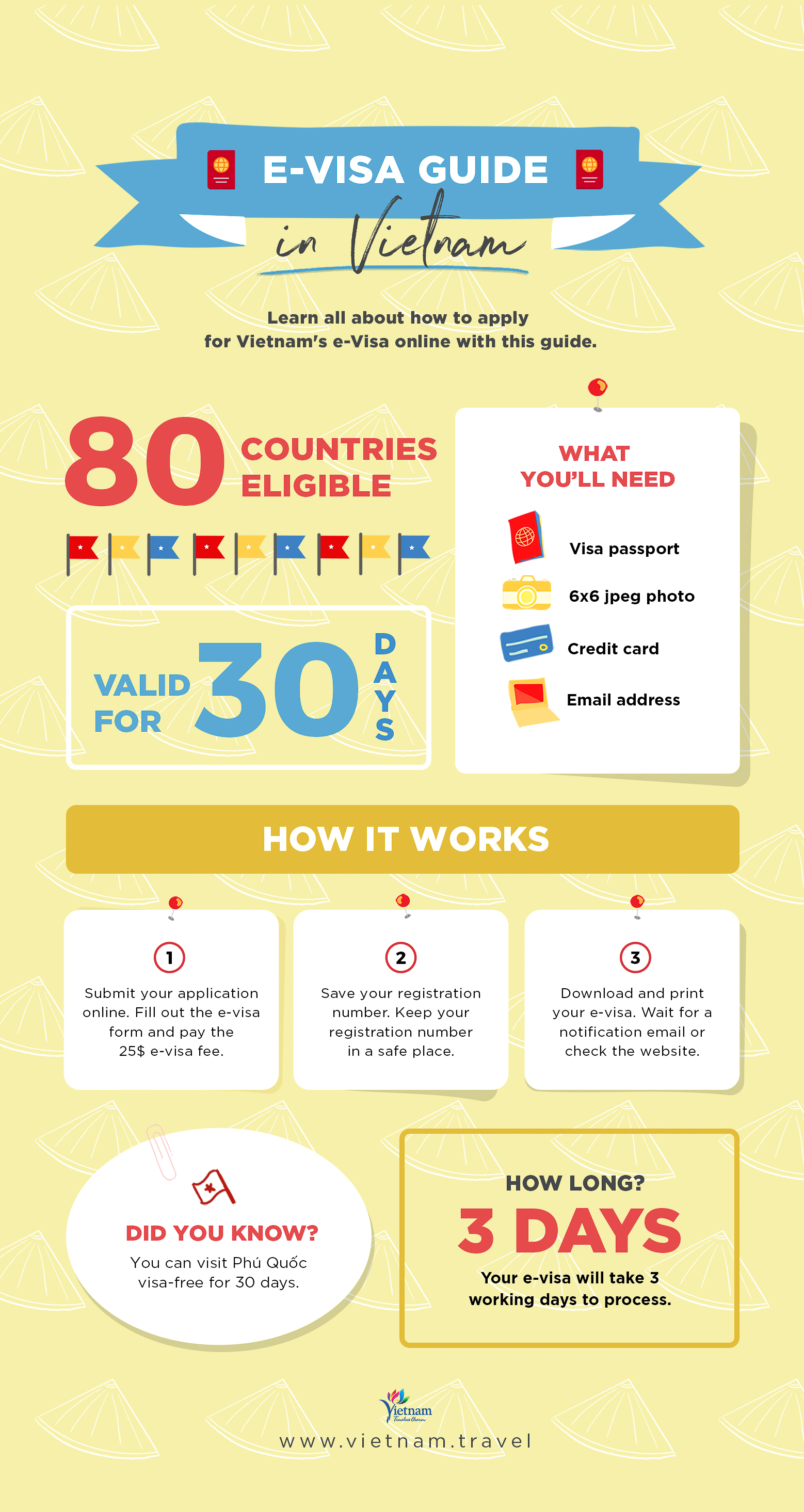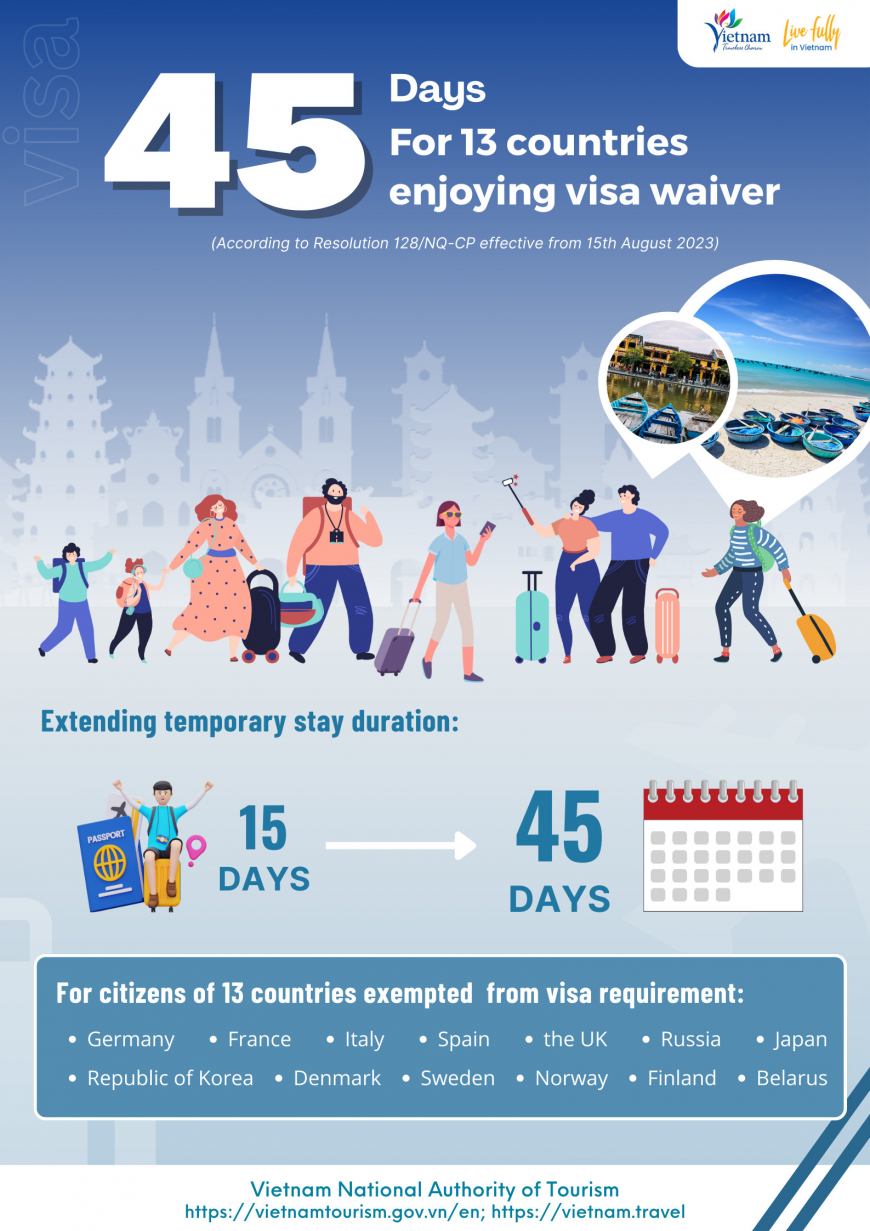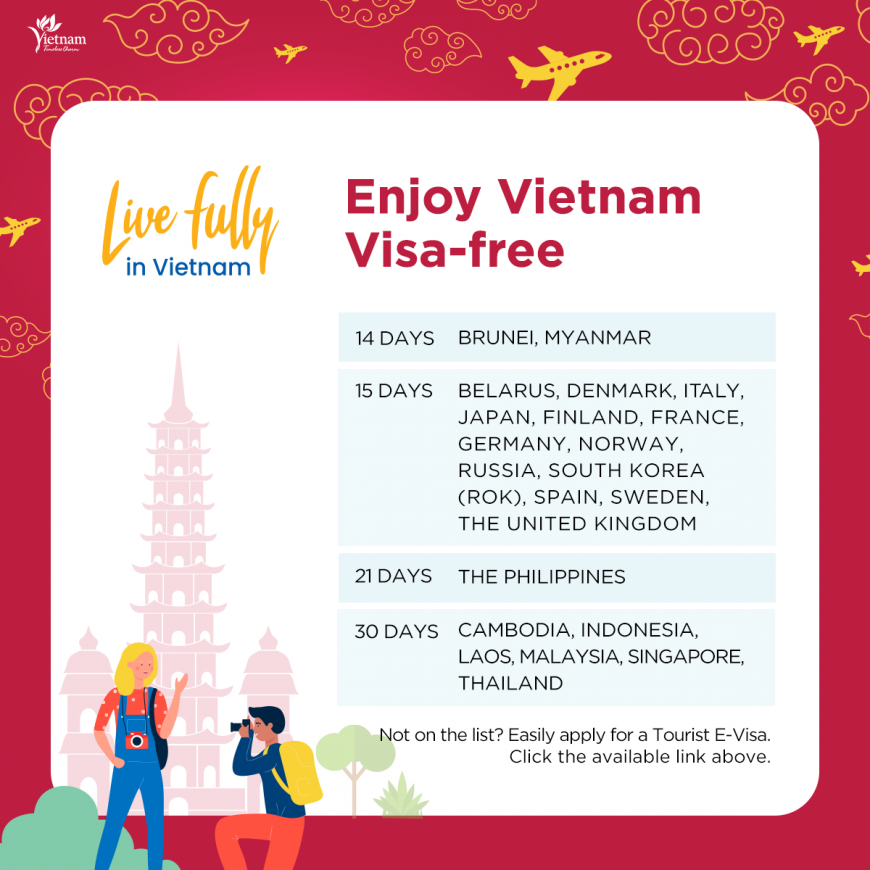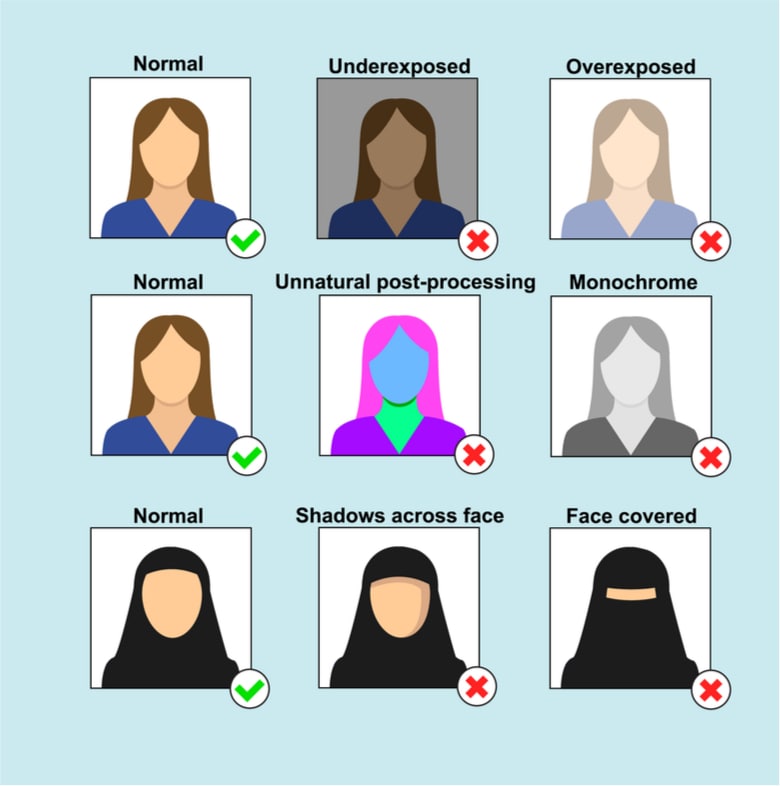Vietnam Visa Tips: Everything You Need to Know for Your Trip
Traveling to Vietnam is an exciting experience, with its rich culture, stunning landscapes, and delicious food. However, before embarking on your journey, it’s important to understand the visa requirements for entering Vietnam. In this guide, we’ll provide valuable tips on obtaining your Vietnam visa, including essential information about the application process, requirements, and different visa types.

1. Understanding Vietnam’s Visa Requirements
Before applying for a Vietnam visa, it’s crucial to know whether you need one. Vietnam’s visa policy varies depending on your nationality, the purpose of your visit, and the duration of your stay. Here are the main categories:
-
Tourist visas: These are issued for those visiting Vietnam for tourism.
-
Business visas: These are intended for people visiting for business purposes.
-
Transit visas: For travelers passing through Vietnam to another destination.
-
E-Visas: Vietnam offers an e-visa for citizens of certain countries, allowing them to apply online.
If you’re unsure about whether you need a visa, it’s best to consult the official Vietnam Immigration website or your nearest Vietnamese embassy.
2. Types of Vietnam Visas
Vietnam offers several types of visas depending on the purpose of your visit. Here’s a breakdown of the most common ones:
Tourist Visa
This is the most common visa type for those visiting Vietnam for leisure. The tourist visa is typically valid for 1 month and can be extended for up to 3 months.
-
How to Apply: You can apply for a tourist visa through the Vietnam embassy, online via an e-visa, or through a visa on arrival process.
-
Cost: The cost varies depending on the type and processing time.
Business Visa
If you’re traveling to Vietnam for business purposes, you’ll need a business visa. This visa is valid for 3 months or more and allows you to engage in professional activities such as meetings, conferences, or setting up a business.
-
How to Apply: Typically, a business visa requires an invitation letter from a company in Vietnam. You can apply at the Vietnam embassy or online.
-
Cost: Prices vary based on the duration of your stay.
E-Visa
One of the most convenient ways to apply for a visa is through the Vietnam e-visa system. The e-visa is valid for 30 days and can be obtained from the official government website.
-
How to Apply: Simply fill out the application form online and upload your documents.
-
Cost: The cost of the e-visa is usually around $25 USD.

Visa on Arrival
For citizens of certain countries, a visa on arrival is available. This allows you to apply for a visa upon arriving at one of Vietnam’s international airports.
-
How to Apply: You must apply for an approval letter online before arriving. After receiving the letter, you can pick up your visa at the airport.
-
Cost: The price varies, but expect to pay a stamping fee at the airport upon arrival.
3. Vietnam E-Visa: A Convenient Option for Many Travelers
The Vietnam e-visa is one of the most convenient ways to apply for a visa, especially for tourists and business travelers from eligible countries. It is processed entirely online, and you don’t need to visit an embassy or consulate.
How to Apply for an E-Visa:
-
Visit the official Vietnam E-Visa Portal.
-
Complete the application form with your personal and travel details.
-
Upload a passport-sized photo and a copy of your passport.
-
Pay the visa fee using a credit or debit card.
-
Wait for the approval, which usually takes around 3 working days.
Once approved, you will receive your e-visa by email, and you can print it out to present it at the border.

4. Vietnam Visa Photo Requirements
When applying for a Vietnam visa, you’ll need to submit a passport-sized photo. It’s essential to ensure that your photo meets the visa photo size requirements to avoid any delays in the application process.
Photo Requirements:
-
Size: 4cm x 6cm (the standard passport photo size).
-
Background: White or off-white background.
-
Clothing: No hats or glasses. You should be dressed in a way that makes you look presentable.
Tip: It’s a good idea to have a few copies of your visa photo ready, as you may need them for other official documents or at the airport.

5. Vietnam Visa Processing Times
Visa processing times can vary depending on the type of visa you apply for. Here are some general guidelines:
-
E-Visa: Processing takes approximately 3 working days.
-
Tourist Visa: If applying through the embassy, expect a processing time of about 5-7 working days.
-
Visa on Arrival: Once you receive your approval letter, you can pick up your visa at the airport, usually within 1-2 hours.
Expedited Visa Services:
If you’re in a hurry, expedited visa services are available for an additional fee. This can reduce processing time to as little as 1-2 days for embassy applications.
6. Vietnam Visa Extensions and Overstaying
If you plan to stay in Vietnam for a longer period than your visa allows, you may need to apply for a visa extension. This can be done at the Vietnam Immigration Department or through a visa agency.
-
Tourist Visa Extension: Typically, you can extend your tourist visa for another 30 days.
-
Overstaying: Overstaying your visa in Vietnam can result in fines or deportation, so always ensure you stay within the limits of your visa.
7. Common Vietnam Visa Mistakes to Avoid
Here are some common mistakes travelers make when applying for a Vietnam visa, and how to avoid them:
Mistake #1: Incorrect Visa Type
-
Ensure you apply for the correct type of visa based on your purpose of travel. Business visas and tourist visas have different requirements.
Mistake #2: Not Double-Checking Your Passport’s Validity
-
Your passport must be valid for at least 6 months from your date of entry into Vietnam. Make sure your passport meets this requirement before applying.
Mistake #3: Missing Documents
-
Always double-check that you’ve uploaded all necessary documents, such as your passport copy and passport-sized photo.
Mistake #4: Overstaying Your Visa
-
Be aware of the expiration date of your visa and make arrangements for an extension or exit from the country before your visa expires.
8. Frequently Asked Questions (FAQs)
1. Do I need a visa to visit Vietnam?
-
It depends on your nationality. Citizens from several countries, such as Japan, South Korea, and Singapore, do not need a visa for short stays. However, most visitors will need a visa.
2. How long can I stay in Vietnam with an e-visa?
-
The Vietnam e-visa is valid for 30 days and allows a single entry into the country.
3. Can I extend my tourist visa?
-
Yes, you can extend your tourist visa for an additional 30 days at the Vietnam Immigration Department or through a visa agency.
4. How much does a Vietnam visa cost?
-
The cost varies depending on the type of visa. An e-visa generally costs around $25 USD, while other types of visas may cost more.
5. How do I know if my Vietnam visa is approved?
-
If you applied for an e-visa, you’ll receive an approval email with a link to download your visa. For other types of visas, you’ll be notified when your visa is ready.
Conclusion
Obtaining a Vietnam visa is a simple process once you understand the requirements and options available. Whether you choose an e-visa, a tourist visa, or a visa on arrival, make sure to follow the steps carefully to avoid any issues during your trip. With these Vietnam visa tips, you’re all set for a smooth journey to this beautiful and vibrant country.
For more detailed travel information, check out DUYTHIN.DIGITAL.
